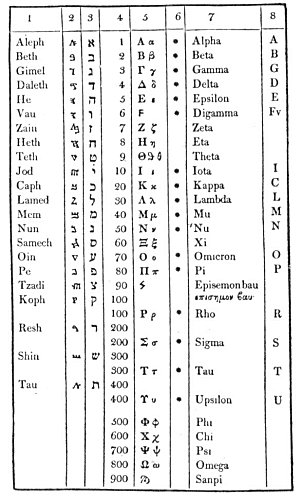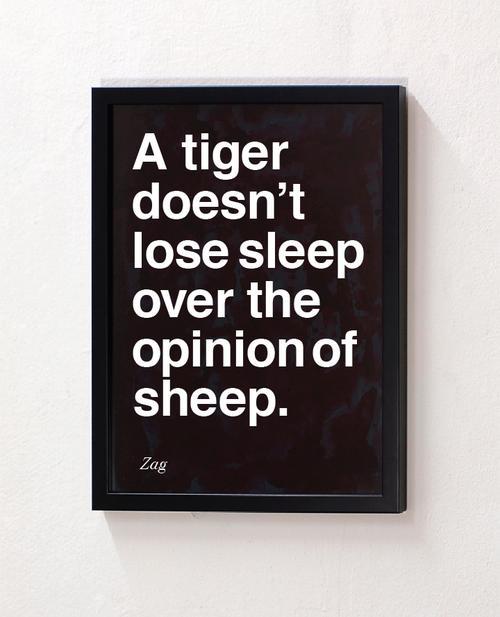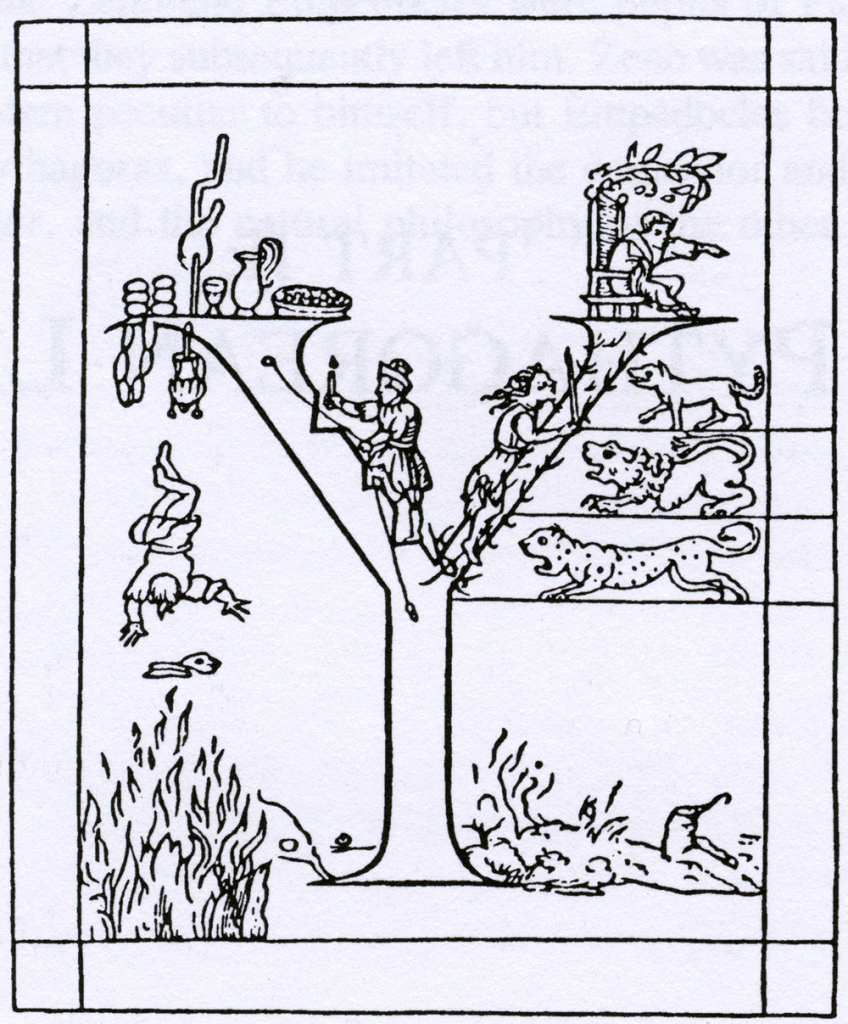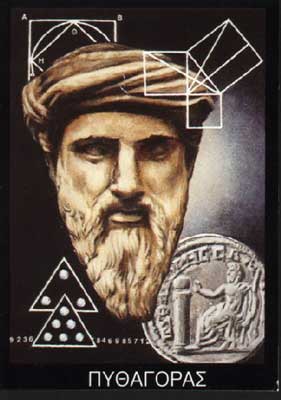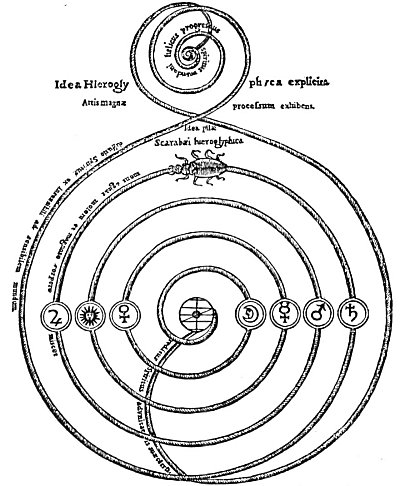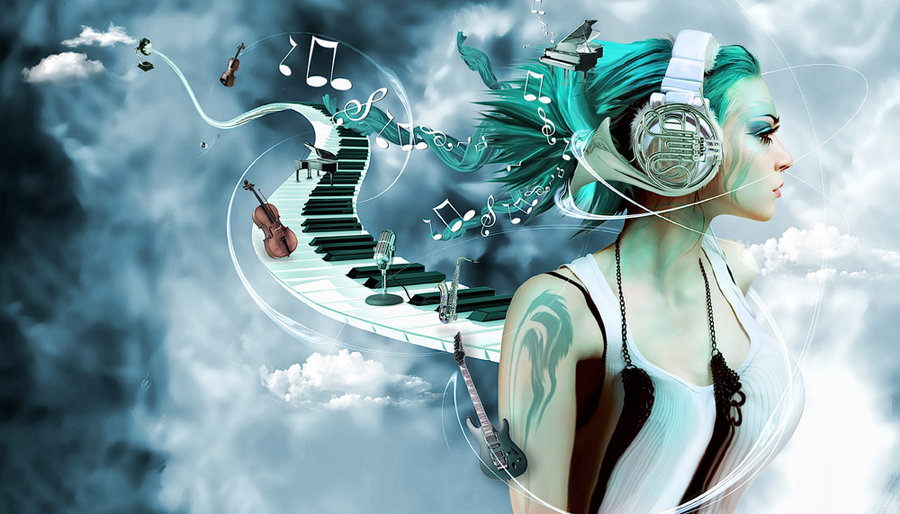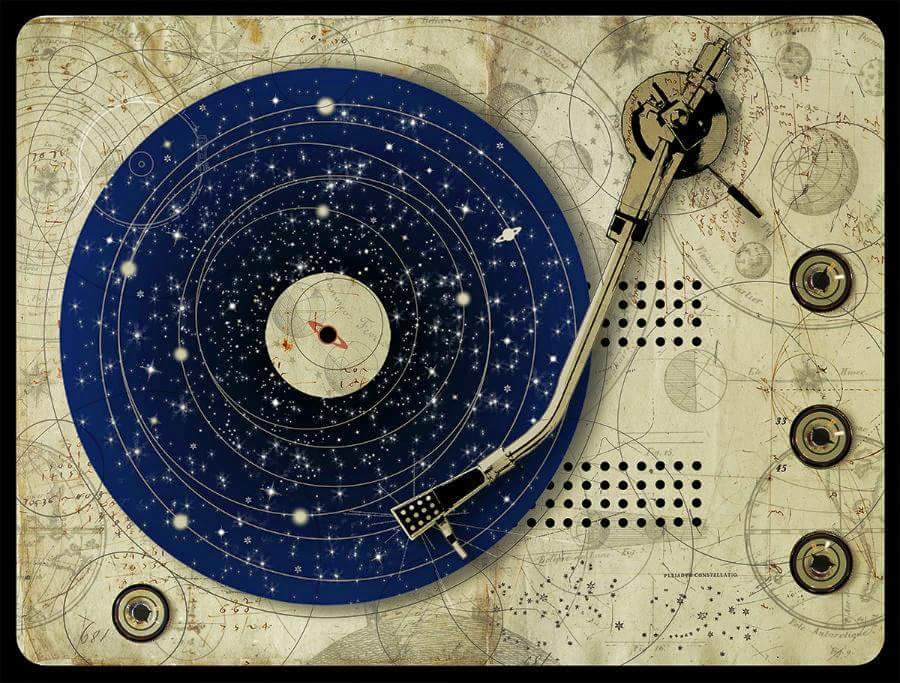p. 84
of the sense perceptions. Not only is there a great deal more to light than anyone has ever seen but there are also unknown forms of light which no optical equipment will ever register. There are unnumbered colors which cannot be seen, as well as sounds which cannot be heard, odors which cannot be smelt, flavors which cannot be tasted, and substances which cannot be felt. Man is thus surrounded by a supersensible universe of which he knows nothing because the centers of sense perception within himself have not been developed sufficiently to respond to the subtler rates of vibration of which that universe is composed.
Among both civilized and savage peoples color has been accepted as a natural language in which to couch their religious and philosophical doctrines. The ancient city of Ecbatana as described by Herodotus, its seven walls colored according to the seven planets, revealed the knowledge of this subject possessed by the Persian Magi. The famous zikkurat or astronomical tower of the god Nebo at Borsippa ascended in seven great steps or stages, each step being painted in the key color of one of the planetary bodies. (See Lenormant’s Chaldean Magic.) It is thus evident that the Babylonians were familiar with the concept of the spectrum in its relation to the seven Creative Gods or Powers. In India, one of the Mogul emperors caused a fountain to be made with seven levels. The water pouring down the sides through specially arranged channels changed color as it descended, passing sequentially through all shades of the spectrum. In Tibet, color is employed by the native artists to express various moods. L. Austine Waddell, writing of Northern Buddhist art, notes that in Tibetan mythology “White and yellow complexions usually typify mild moods, while the red, blue, and black belong to fierce forms, though sometimes light blue, as indicating the sky, means merely celestial. Generally the gods are pictured white, goblins red, and devils black, like their European relative.” (See The Buddhism of Tibet.)
In Meno, Plato, speaking through Socrates, describes color as “an effluence of form, commensurate with sight, and sensible.” In Theætetus he discourses more at length on the subject thus: “Let us carry out the principle which has just been affirmed, that nothing is self-existent, and then we shall see that every color, white, black, and every other color, arises out of the eye meeting the appropriate motion, and that what we term the substance of each color is neither the active nor the passive element, but something which passes between them, and is peculiar to each percipient; are you certain that the several colors appear to every animal–say a dog–as they appear to you?”
In the Pythagorean tetractys–the supreme symbol of universal forces and processes–are set forth the theories of the Greeks concerning color and music. The first three dots represent the threefold White Light, which is the Godhead containing potentially all sound and color. The remaining seven dots are the colors of the spectrum and the notes of the musical scale. The colors and tones are the active creative powers which, emanating from the First Cause, establish the universe. The seven are divided into two groups, one containing three powers and the other four a relationship also shown in the tetractys. The higher group–that of three–becomes the spiritual nature of the created universe; the lower group–that of four–manifests as the irrational sphere, or inferior world.
In the Mysteries the seven Logi, or Creative Lords, are shown as streams of force issuing from the mouth of the Eternal One. This signifies the spectrum being extracted from the white light of the Supreme Deity. The seven Creators, or Fabricators, of the inferior spheres were called by the Jews the Elohim. By the Egyptians they were referred to as the Builders (sometimes as the Governors) and are depicted with great knives in their hands with which they carved the universe from its primordial substance. Worship of the planets is based upon their acceptation as the cosmic embodiments of the seven creative attributes of God. The Lords of the planets were described as dwelling within the body of the sun, for the true nature of the sun, being analogous to the white light, contains the seeds of all the tone and color potencies which it manifests.

Moe is the founder of GnosticWarrior.com. He is a father, husband, author, martial arts black belt, and an expert in Gnosticism, the occult, and esotericism.

